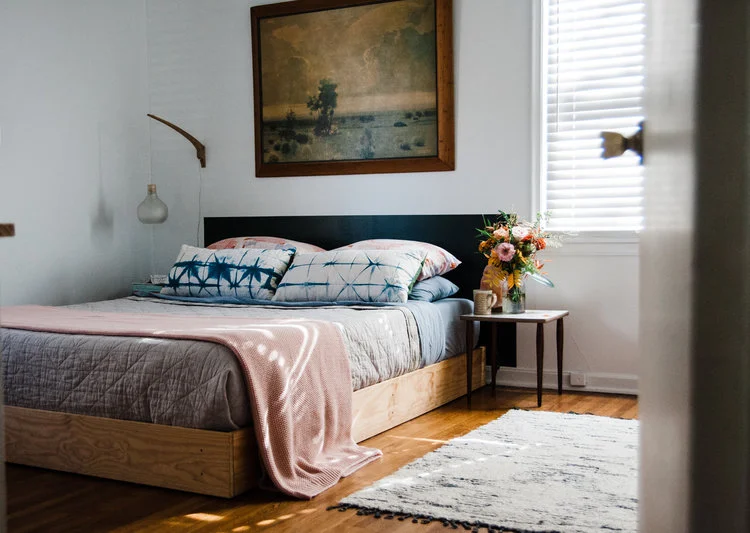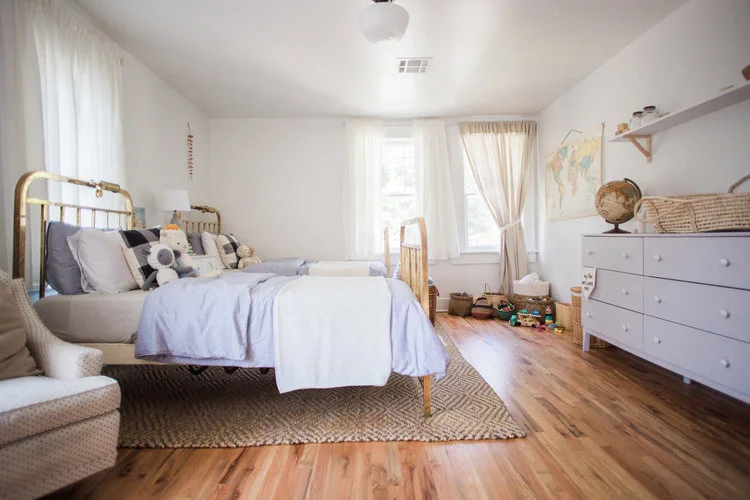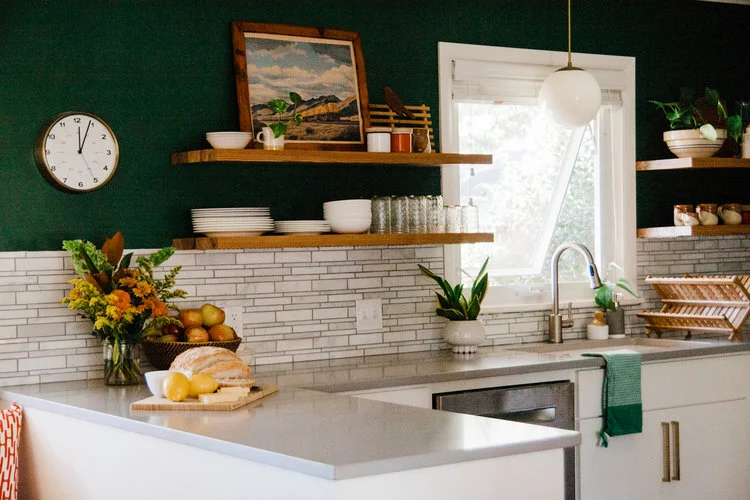How to Mix Woods to Create a Layered Home
/Photo Credit: KET Photography
Mixing Woods Gives Your Home a Collected, Layered Look
I don't know about you, but I'm a big fan of wood mixing. How could you choose just one wood to live with when so many beautiful ones exist? Wood is a great way to bring warmth and a natural feel to your home, which is probably why I'm such a fan. Who woodn't like that? Joking aside, mixing your woods gives a space a collected, layered look, which, as you know, is what we're all about.
As a loose rule of thumb, I'd recommend sticking to two or three different woods in a room to achieve the warm, layered look without making the room feel hodge podged. Although, as with any decorating "rule," we think there are always exceptions and maybe your room would happen to look good with four or five woods. However many woods your heart desires to mix, do it with intention.
How to Mix Woods in Your Home
In my home, I've done a lot of wood mixing. My dining room has a big, darker wood built-in hutch (maybe walnut) and dark wood ceiling beams, but our dining table (that my father-in-law built for us and therefore we will keep forever) is a lighter heart-pine maple. Too many woods you ask!? NO. I just took these facts into consideration when building out the rest of the space.
The large and in charge dark wood built-in acts as a backdrop to the lighter maple dining table. Photo Credit: KET Photography
Handcrafted heart-pine dining table - something I plan to pass down to my kid. Photo Credit: KET Photography
My goal was to have both the light and dark wood tones represented multiple times and in different parts of the space to make the mixing feel intentional and balanced. I wanted to avoid having all of the dark wood in one corner or only having a single light wood piece. In other words, by balancing the different woods in both quantity and location, they would feel planned and collected.
To this end, I added a dark wood mid-century modern console opposite the built-in to call out to it from across the room as well as a vintage mirror framed in a darker wood. Also, I created friends for the dining table in forms of light wooden frames. I hung these pieces on the opposite side of the room from the dining table.
With these intentional wood mixing moves, no wood is lonely or overpowering, and I've created a balance that welcomes multiple wood types in my space. Tell me, how do you mix the woods in your home?
-Palmer
This console (which stands opposite the large built-in) brings a sense of balance to the room by bringing the dark wood to this side of the room. Also, notice the light wood frame hung right above and the dark wood beam at the top. Wood, wood and more wood! Photo Credit: KET Photography
The dark wood framed mirror and the light wood framed artwork call to the other larger wooden pieces in the room, making it feel like they all belong. Photo Credit: KET Photography

















